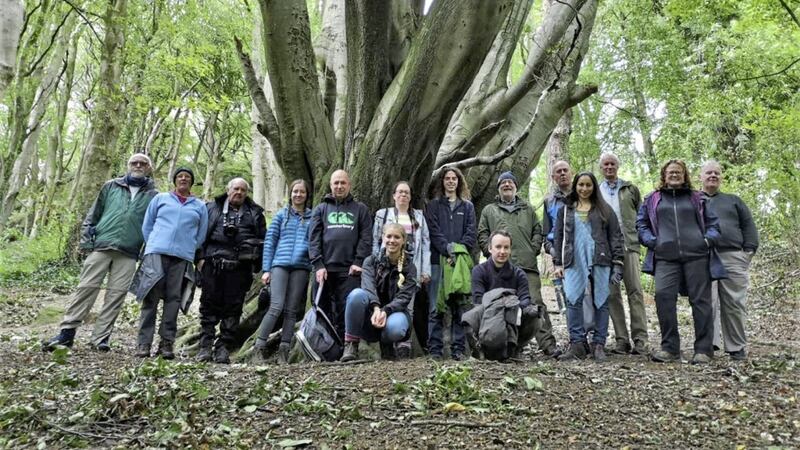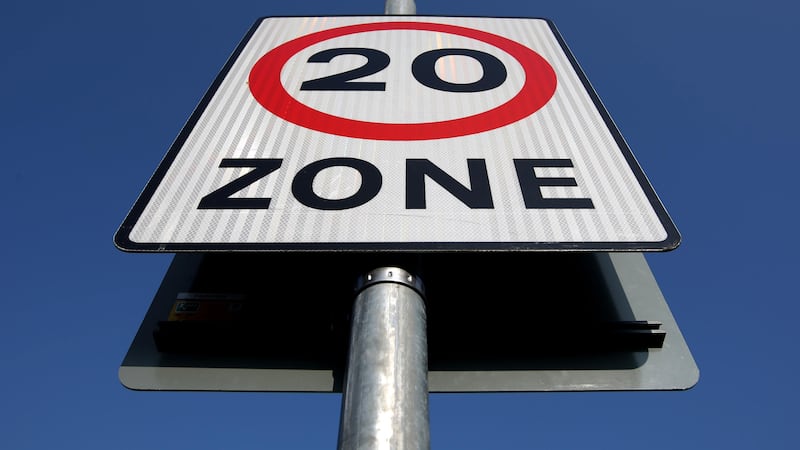A MORNING walk along a favourite beach, the ridges in the sand echoing the ripples of tide, seaweed fronds limp on the rocks as redshanks, plovers and oystercatchers peck among them.
A cormorant perches on an outcrop, its wings stretched out and drying in weak January sun and sometimes, if you are lucky, a seal will peek its head out from beneath the waves to see what is happening.
And in among the rocks sweet wrappers, what looks like a tiddlywink, the top of a biro, desiccated shopping bags and the arm of a child’s doll.
The battle against plastic has moved up the political and environmental agenda in recent months. Last year the EU voted to ban single-use plastics – including plastic cutlery, plates, straws, cotton buds and other debris.
The issue of plastic in our oceans and seas was highlighted by broadcaster David Attenborough in his series Blue Planet with shocking images of the impact that plastic has on marine life. But there is also a danger that plastic ends up in our food chain as it breaks down into microplastic and is consumed by fish which are then caught and served up on our dinner plates.
Photographer Helena Neeson is planning to document the level of plastic pollution on Ireland’s beaches and in our coastal waters. She intends to visit all of Ireland’s coastal counties to record debris levels and beach clean-ups along the way.
“I am also hoping to meet and interview people who feel connected to the ocean – be that through their job or hobbies – and on why looking after the ocean is important to them,” she says.
“I am currently in touch with a number of organisations to help me with this. The purpose of this project is to try to understand how [the Republic] went from being ahead of the game environmentally – with the plastic bag tax in 2002 – to being one of the EU's top producers of plastic waste.”
Helena can be contacted at: helenaneesonphotography@gmail.com
Human junk is not, of course, limited to our shorelines and unfortunately you never have to walk too far to see some evidence of deliberate or simply unthinking littering among the hedgerows and on open ground.
Fortunately there are organisations like the Belfast Hills Partnership turning clean-ups into a social activity that also opens up chances to explore new places. In a call-out for new volunteers, the partnership says: “The practical conservation tasks we do on a Saturday morning will be so much fun that you will get fitter without even realising it whilst out on site.
“We will take you to places you might not have known existed, like the beautiful nature reserve at Slievenacloy.”
A Saturday conservation volunteer group meets on the last or second last Saturday morning of each month to carry out a Big Saturday Task. These tasks cover a variety of practical conservation work including big river clean ups, woodland management, wildflower seed collection and much more.
Each month the volunteers visit a different site within the Belfast Hills: Divis and Black Mountain in the west; Cave Hill in the north; and on towards Carnmoney Hill, a beautiful wooded hill in Newtownabbey.
Volunteer Officer, Lisa Critchley, said: “The tasks our volunteers do are vital to protecting, enhancing and maintaining the Belfast hills. Our volunteer programme was awarded the Investing in Volunteers Award, a quality standard award for volunteering."
To join, or just find out more, contact Lisa by email at lisa.critchley@belfasthills.org or by phone on 028 9060 3466.








